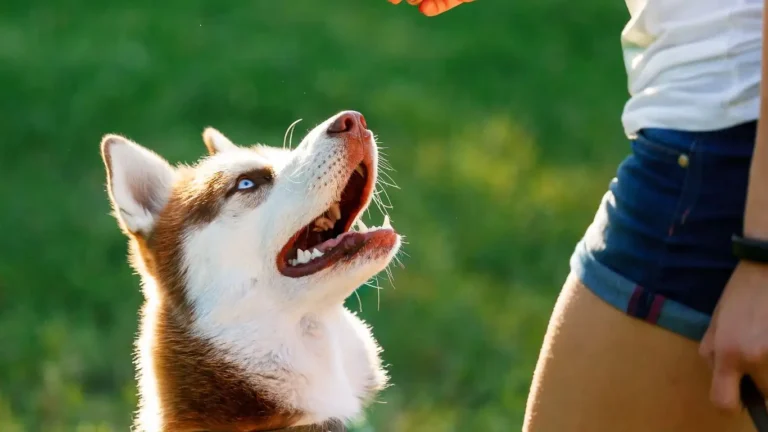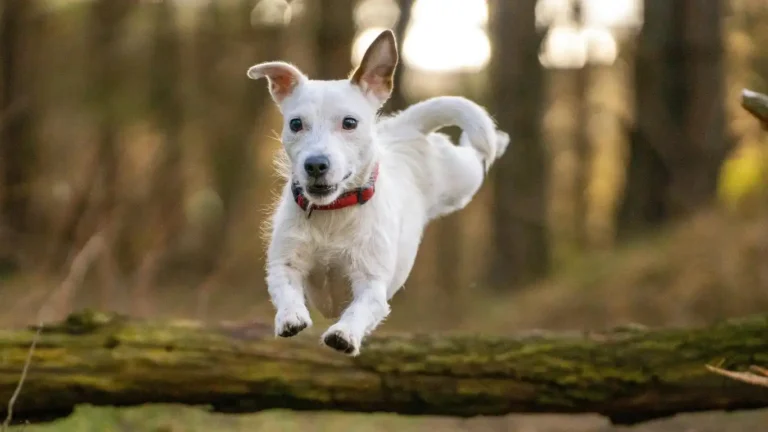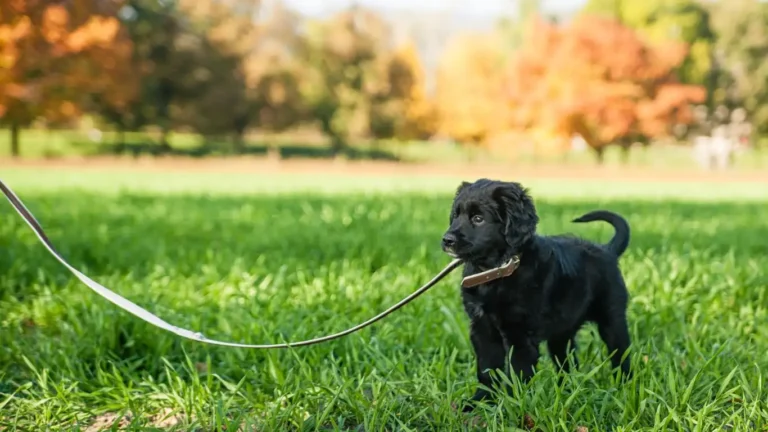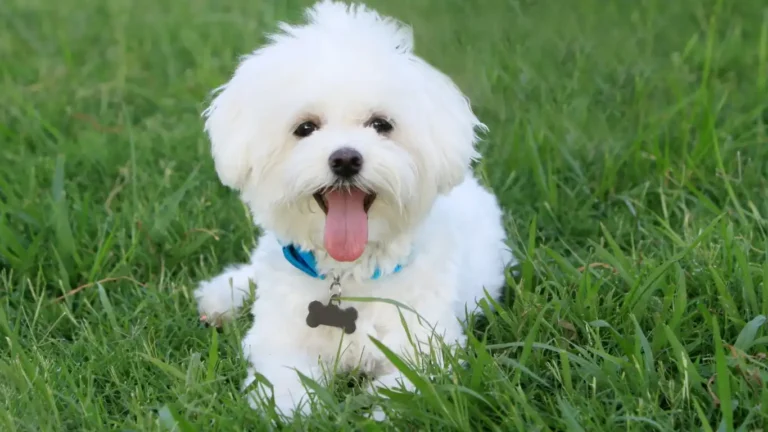How to Train a Dog to Sit Still During Grooming Like a Pro
If you’ve ever tried to groom a squirmy pup who thinks the brush is out to get them, you already know—it’s a whole *thing*. When people ask me how to train a dog to sit still during grooming, I usually laugh because, trust me, I’ve been there. As a Canine-Assisted Therapy Trainer, I’ve seen my fair share of fur-flying chaos. Whether it’s a nervous rescue or a hyper goofball who just can’t help but boop the brush with their nose, every dog has their quirks. But with patience, structure, and the right kind of approach, even the most restless floof can learn to chill out during grooming time. And yes, I promise it’s possible—even for the drama queens.
Why Grooming Triggers Some Dogs
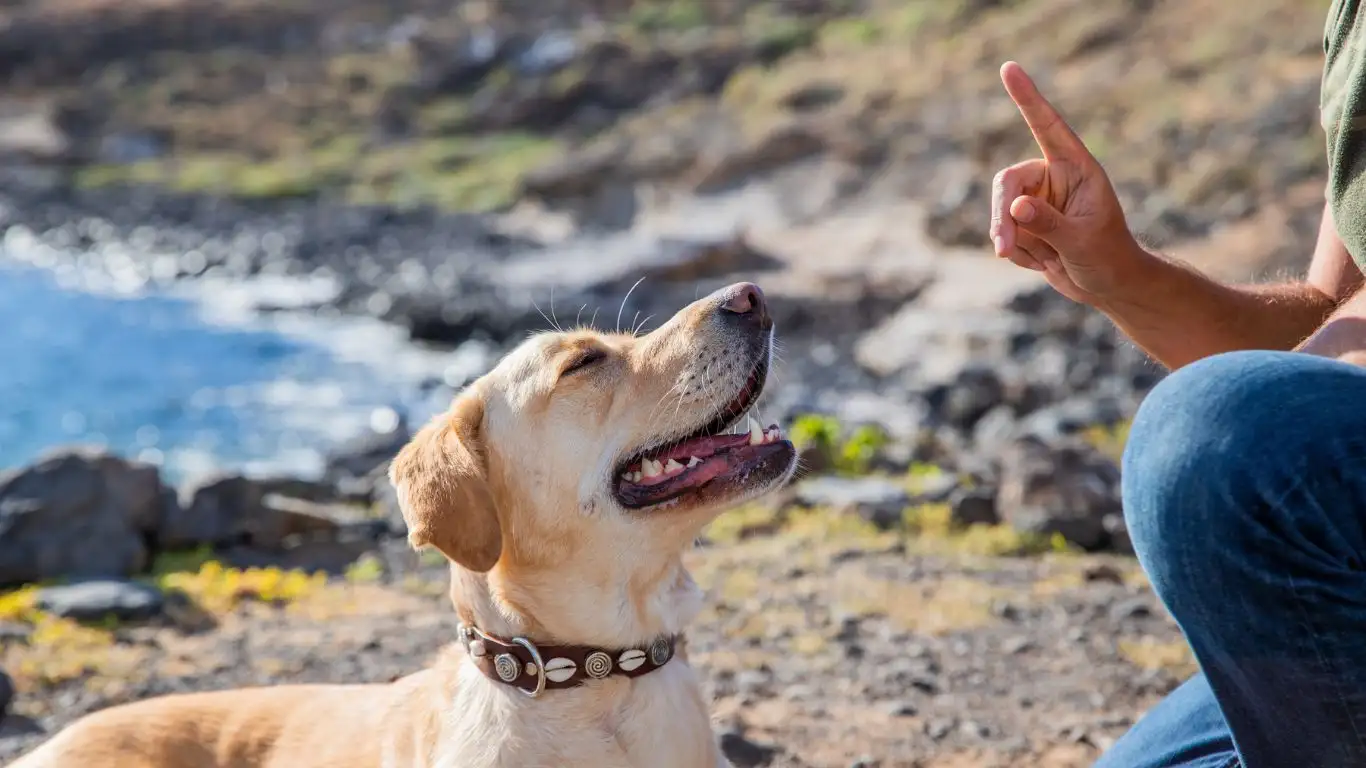
First, let’s talk about the why. Dogs aren’t just being difficult for the heck of it. Grooming is full of weird sensations—bristles tugging fur, strange sounds like clippers buzzing, and unfamiliar smells from shampoos and sprays. For some pups, especially those who haven’t been properly desensitized, grooming can feel like an alien invasion.
Some of the common reasons dogs struggle with staying still during grooming include:
- Lack of early exposure: Dogs who weren’t introduced to brushes, clippers, or being handled all over their bodies as puppies tend to find it overwhelming as adults.
- Negative past experiences: If a previous grooming session involved pain or fear, that memory sticks.
- High anxiety or energy: Some dogs are naturally more jittery, especially certain breeds like terriers or herding types. They need extra steps to find their calm.
- Medical discomfort: Always rule this out—matting, ear infections, or sore spots can make grooming painful.
So yeah, it’s not just about obedience. It’s about understanding your dog’s mind and body. That’s where the training comes in—not just teaching them to obey, but helping them actually feel safe.
How to Train a Dog to Sit Still During Grooming: Start With the Basics
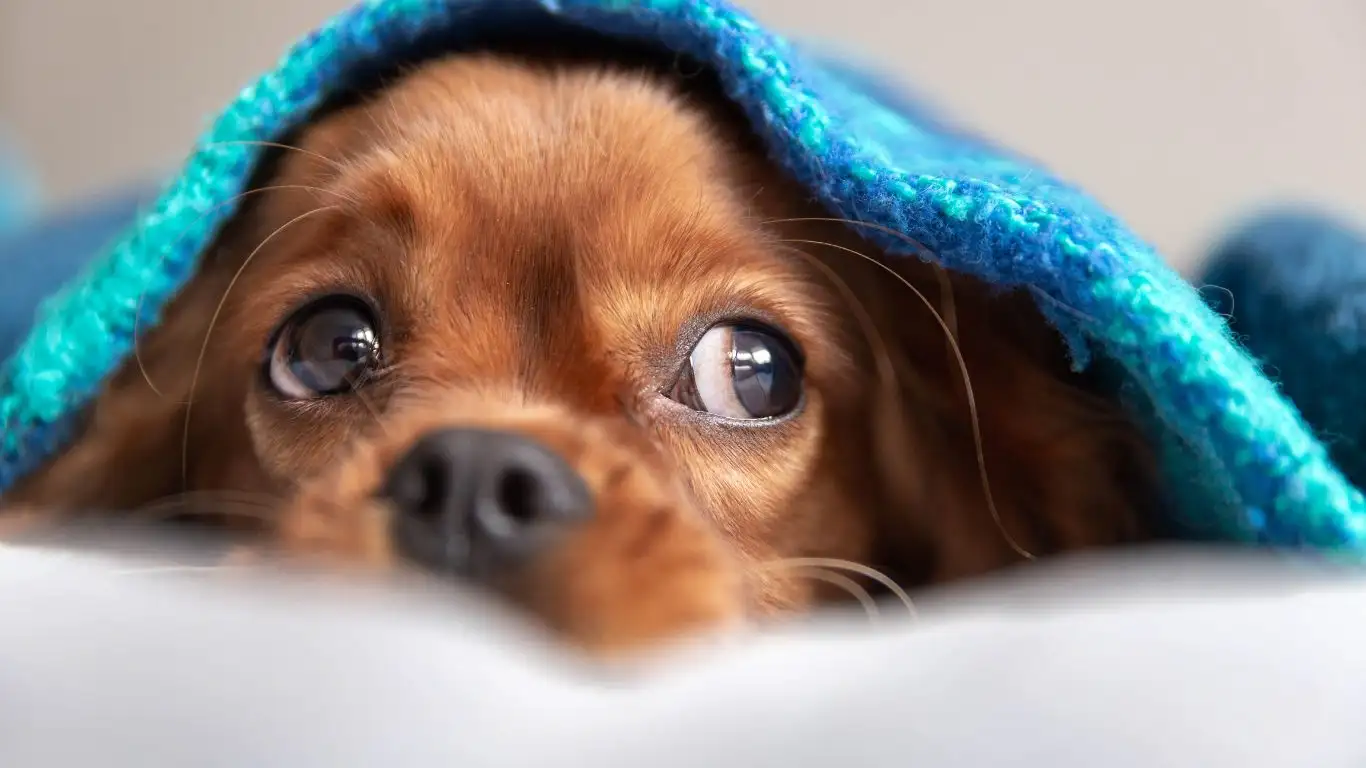
Alright, let’s get into the good stuff—how to actually train your dog to chill during grooming. No magic wand, but with a little strategy and a lot of treats, you’ll get there.
1. Set the Mood
I always start in a calm space—low noise, minimal distractions. Don’t jump right into grooming tools either. Sometimes, we just hang out with the brush nearby. If your dog only sees grooming stuff when it’s go-time, they’re gonna stay suspicious. Let them sniff it, touch it, even sit beside it during downtime.
2. Practice Body Handling
This step is *crucial*. Before you even think about brushing, your dog needs to be comfortable with being touched all over. Ears, paws, tail, belly—everywhere. Here’s how I like to approach it:
- Start with petting sessions that gradually get more intentional—like gently lifting a paw or rubbing behind the ears.
- Pair each touch with praise and treats. Make it feel like a mini spa session, not a medical exam.
- If they pull away, back off. Don’t force it. You’re building trust here, not wrestling a toddler into pajamas.
With a few weeks of consistent handling, you’ll be surprised how much more relaxed your dog becomes.
3. Short and Sweet Sessions
One of the biggest mistakes I see folks make? Trying to do the whole grooming process in one go. Don’t. Please. That’s a one-way ticket to meltdown town. Instead:
- Start with just brushing one paw or trimming one nail.
- End the session before your dog loses patience—leave ‘em wanting more, like a good Netflix cliffhanger.
- Over time, build duration slowly. A few seconds today, a minute tomorrow.
Remember: we’re not aiming for perfection. We’re aiming for progress and positive associations.
4. Use a Marker Word or Clicker
If you’ve done any obedience work, you probably already use a marker word like “Yes!” or a clicker to signal your dog did something right. During grooming, this tool becomes your best friend.
Each time your dog stays still—even for just a second—mark and reward. That’s the moment you reinforce. They’ll start to connect “Oh, sitting still = good stuff.” It’s dog psychology 101.
Building a Grooming Routine They Actually Look Forward To

This part, honestly, is where the magic happens. Dogs thrive on routines, and when you turn grooming into a predictable, positive event, it becomes way less of a battle. I have a Labrador in one of my therapy programs who used to literally run and hide when the grooming table came out. Now? She hops on it like she’s backstage at a glam session.
Tips to Create a Grooming Ritual:
- Pick a consistent time: Same time of day helps reduce surprise anxiety.
- Use a grooming mat or designated space: A familiar “station” helps cue them it’s grooming time (and not play or training).
- Have a pre-groom routine: Like a quick walk, potty break, then chill music. It sets the tone.
- End with a high-value treat or play: Let the experience finish on a high note every single time.
By creating predictability, you remove a lot of that nervous energy. It’s not just about teaching your dog to behave—it’s about making them feel confident and secure.
Handling Setbacks Without Losing Your Cool
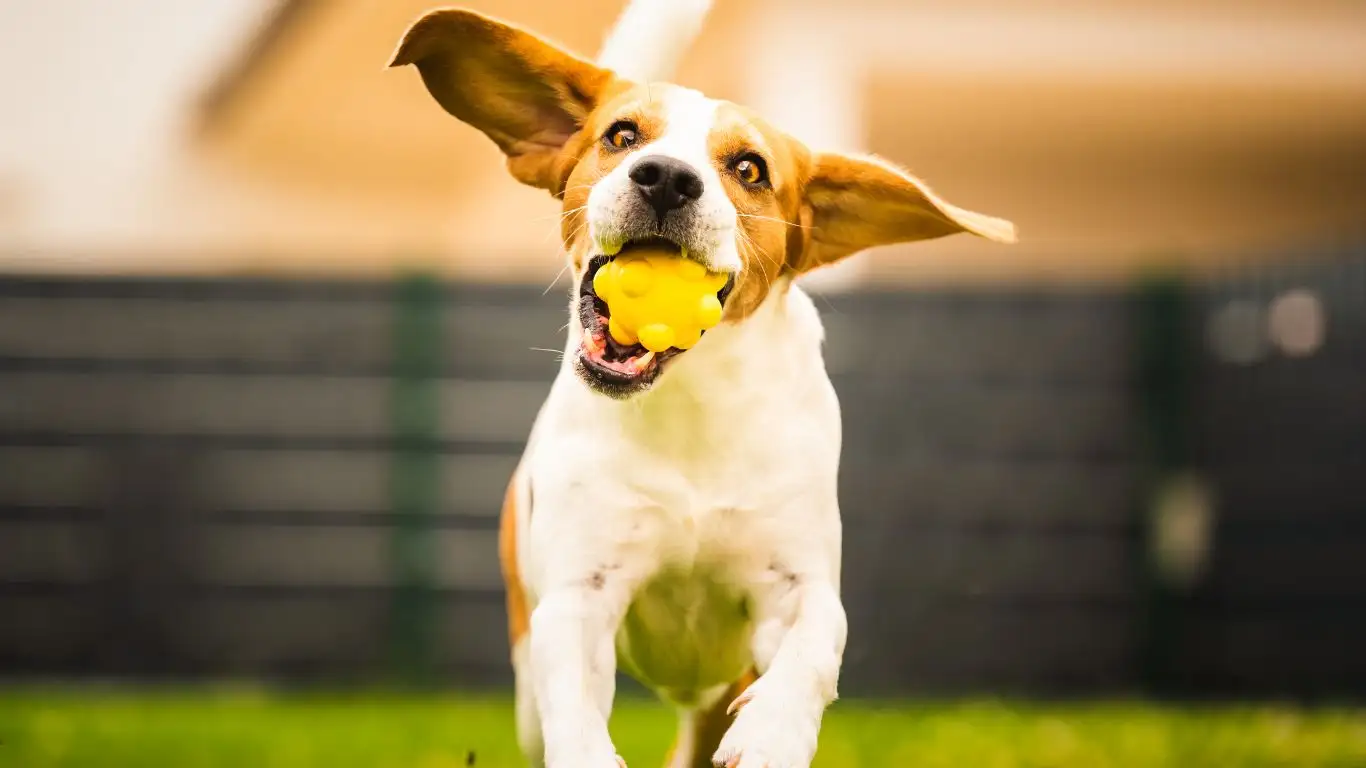
Now, look—setbacks are part of the process. I’ve had dogs go from calmly sitting during brushing one week to acting like the comb is possessed the next. It happens. Progress isn’t linear, especially when emotions are involved. Remember, your dog isn’t being “bad” — they’re communicating. And sometimes they’re saying, “Hey, this feels weird today.”
When a pup I was working with backslid during a grooming session, I didn’t get frustrated. Instead, we dialed it back to basics. Literally just brought the brush out, gave a treat, and put it away. That’s it. And it worked—because it reminded her the brush didn’t mean stress. Sometimes less is more, especially when trust is wobbly.
Tips for Handling Regression:
- Stay calm and flexible: If your dog resists grooming one day, don’t force it. Try again later or switch to a different tool they tolerate better.
- Reinforce previous wins: Go back to what they’ve already mastered and make it feel easy again.
- Don’t skip the reward: Even for little successes. A paw lift without pulling away? Treat. Sitting still for a second? Praise.
These little “yes!” moments stack up. Before long, your dog will be nailing full grooming sessions again like a pro.
Desensitization Drills That Actually Work
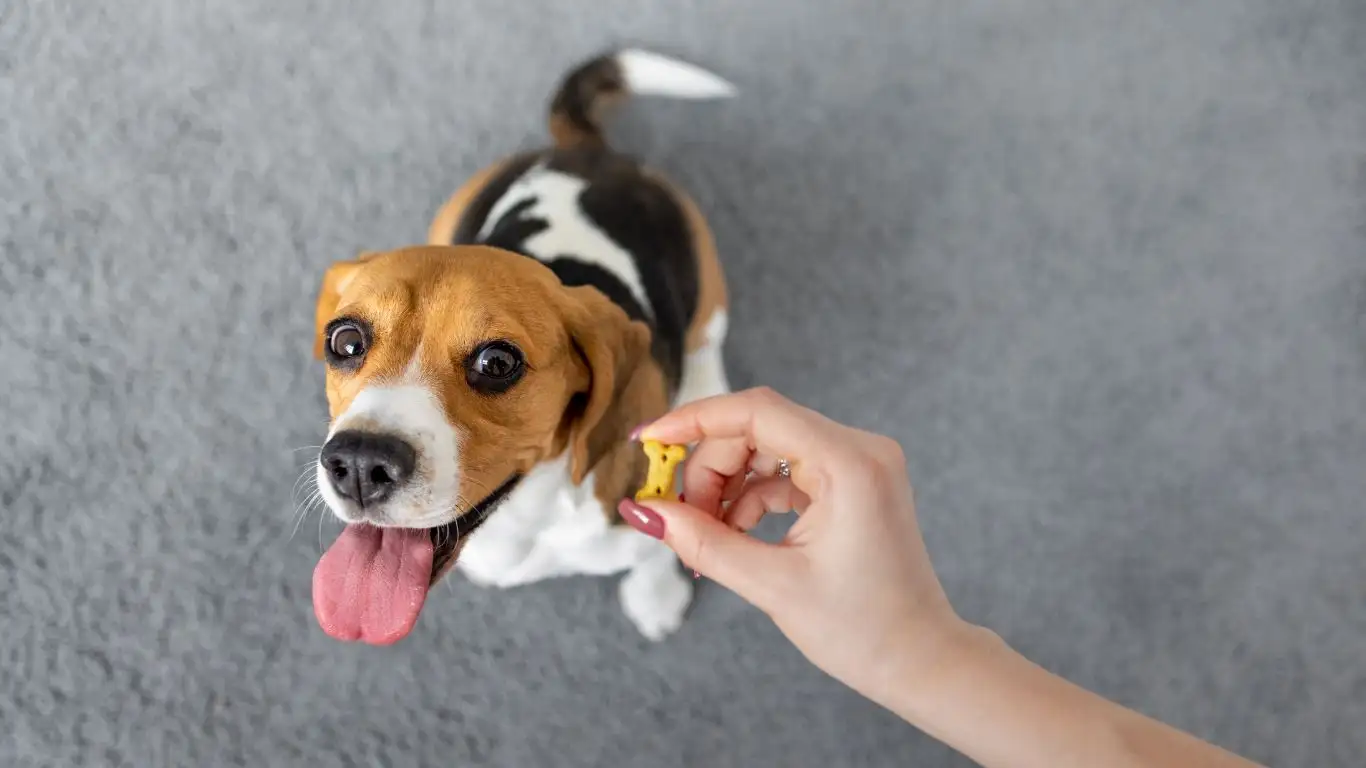
One of the most effective tools in my training toolbox? Desensitization drills. I’ve used them with therapy dogs, rescues, and even my own stubborn golden retriever (who, fun fact, used to bark at nail clippers like they owed him money).
Here’s how to run an effective desensitization drill for grooming:
- Introduce the grooming tool (no pressure!) – Just show the brush or clippers. Let your dog sniff it. No touching yet.
- Pair with positive stuff – Give a high-value treat while the tool is nearby. This creates an automatic “tool = good” association.
- Fake it ’til you make it – Mimic brushing motions near their body without contact. Then gradually touch their fur with the brush for just a second or two.
- Work in micro-sessions – Seriously, 30 seconds can be a win. Don’t underestimate tiny victories.
The key is to never push past your dog’s comfort threshold. If they start to squirm or pull away, that’s your cue to pause, reset, and try again later. Pushing too hard can undo all your progress—and fast.
When to Bring in a Professional
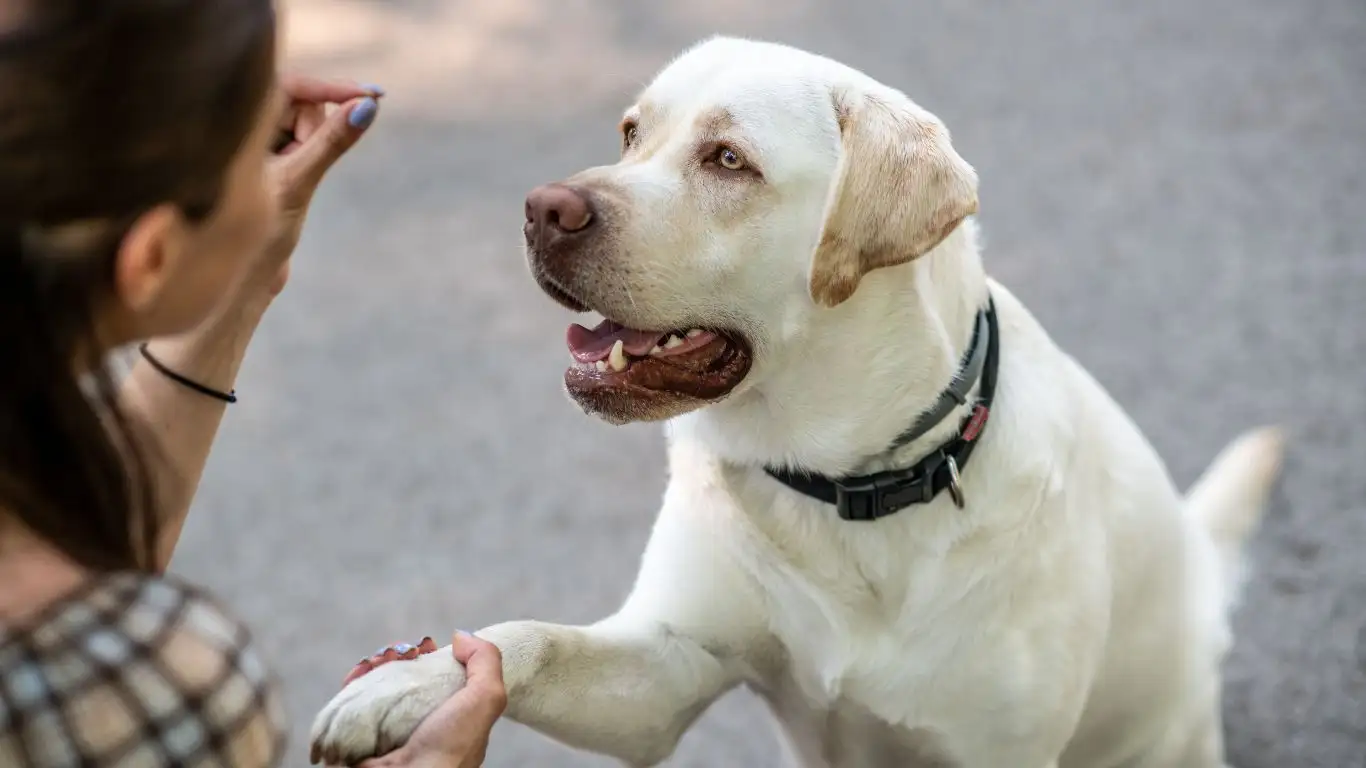
As much as we all love a good DIY moment, there are times when calling in backup is the best move. I’ve had owners come to me in full-on panic because they tried to trim nails and ended up with a bleeding paw and a traumatized dog. It’s okay. We all want to do right by our pups—but sometimes a professional trainer or groomer can step in with techniques and tools that make a world of difference.
Signs It Might Be Time to Get Help:
- Your dog shows fear-based aggression (growling, biting, snapping) during grooming.
- They’ve had a traumatic grooming experience and now panic at the sight of tools.
- You’re feeling overwhelmed or unsafe trying to groom them alone.
Look, there’s no shame in outsourcing. I’ve even teamed up with groomers to do joint desensitization sessions, where I handle the behavioral side while they handle the tools. It works wonders when everyone’s on the same page—and it helps your dog learn that grooming isn’t something to fear.
Making Grooming Time Bonding Time
One of my favorite things? When grooming stops being a chore and starts becoming a bonding ritual. When your dog begins to *look forward* to grooming (yes, it’s possible!), it shifts the whole vibe. It becomes less about compliance and more about connection.
Sometimes I’ll narrate what I’m doing in a goofy voice—“Okay sir, time for your paw massage!”—and it actually relaxes the dog because my tone is light and playful. I once had a bulldog who only tolerated grooming if I played jazz. You find what works for your dog. Personalize it. Make it yours.
Things That Help Make It Enjoyable:
- Talk to your dog throughout – Your voice is comforting. It keeps the energy chill.
- Play calming music – Spotify even has “Dog Music” playlists now. Who knew?
- Use grooming gloves instead of brushes – Especially for touch-sensitive pups. They feel more like petting.
- Let them take breaks – Nobody wants to sit through a 45-minute marathon. Split it up.
All these little choices build trust, and trust is what helps your dog stay still—because they want to, not because they’re forced to. That’s the ultimate win.
Real Talk: Every Dog is Different
Let me just say it plainly—what works for one dog might flop for another. That’s why personalizing your grooming approach matters. I’ve worked with huskies who needed a pre-groom zoomie session to burn energy first, and I’ve had chihuahuas who needed to be wrapped in a towel burrito just to trim one nail.
So if your dog isn’t responding to one method? Pivot. Mix it up. Use your intuition. You know your dog best.
And please—celebrate the small stuff. Sitting still for five seconds today might not seem like much, but it’s a huge step for a pup who used to bolt at the sight of a brush. Those wins are what build real progress.
Advanced Techniques for Sensitive or Reactive Dogs
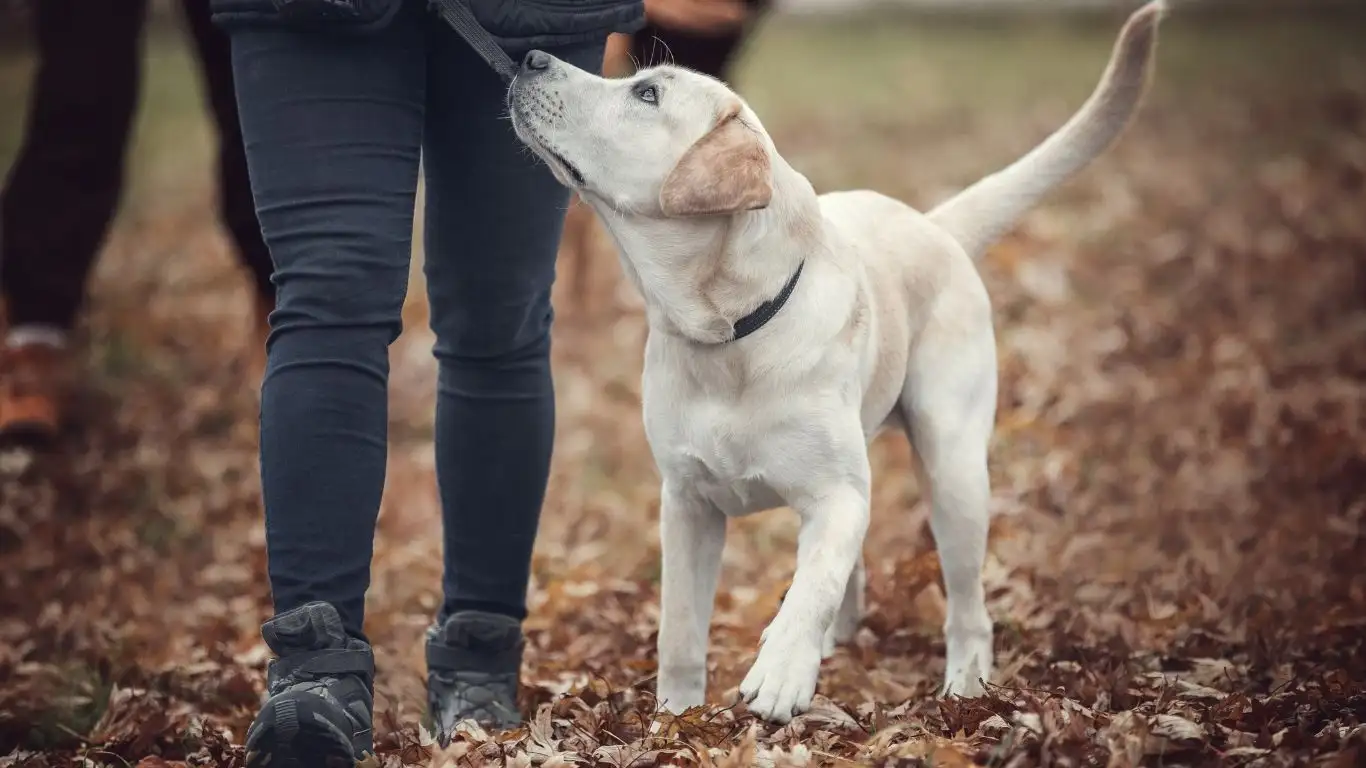
Some dogs need a little more finesse—and that’s okay. Over the years, I’ve worked with plenty of pups who were labeled “difficult,” when really, they were just misunderstood. One Aussie mix I trained would spin in circles every time you touched her tail. Turns out, she had past trauma from a bad grooming experience. We had to rebuild her trust from the ground up, using slow exposure, counter-conditioning, and a lot of patience (and cheese—cheese is magic).
If you’re dealing with a dog who’s truly sensitive or even reactive, here are some more advanced strategies that have worked wonders for me:
1. Counter-Conditioning with High-Value Rewards
This is more than just handing out a biscuit. We’re rewiring your dog’s brain to associate grooming tools with *awesome things*. Every time the brush appears, your pup gets a jackpot treat. Over time, their emotional response shifts from “uh-oh” to “heck yeah!”
2. Grooming Table Training
Grooming tables aren’t just for professionals. You can set up a DIY version at home to create a consistent space that cues your dog into what’s coming. Just make sure it’s sturdy and non-slip. Start by rewarding your dog just for hopping up there, no grooming involved yet. Layer it slowly.
3. Muzzle Conditioning (if needed)
Now this one comes with a lot of stigma, but I want to be real: muzzles, when introduced properly, are not cruel. They’re safety tools. I’ve trained dogs to willingly wear muzzles using peanut butter and praise. The key is making the muzzle part of a routine, not a punishment. For dogs with a bite risk during grooming, this step can protect both of you while you continue behavior training.
Grooming Tool Choice Can Make or Break You
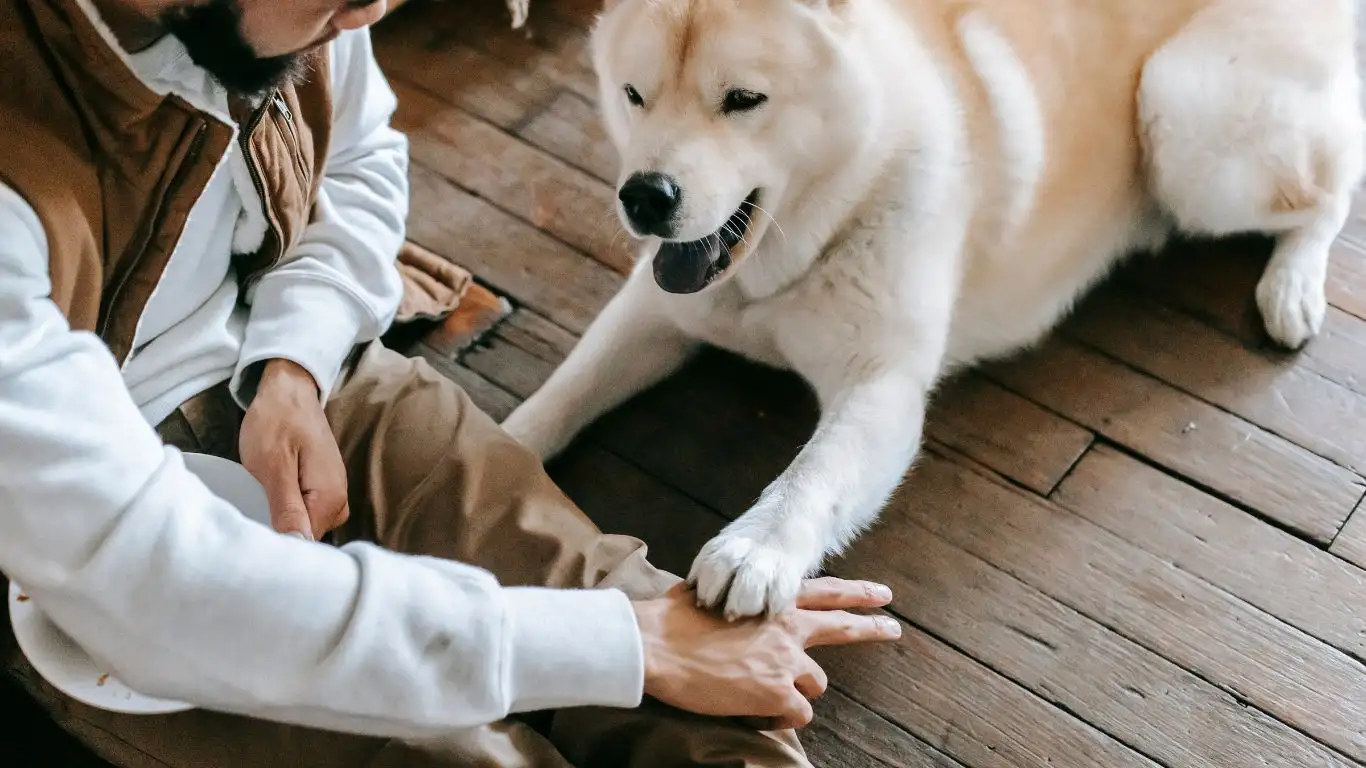
You’d be surprised how much a brush can change the game. I had a client struggling for weeks with brushing their Bernedoodle, and when I asked what they were using—yup, it was one of those cheap, scratchy wire slicker brushes. We swapped it out for a softer, flexible slicker designed for sensitive skin, and guess what? The drama stopped almost overnight.
Here’s a quick breakdown of tools I’ve personally had success with (especially for nervous or fussy pups):
- Grooming gloves – Great for short-haired breeds and nervous dogs who prefer hands-on contact.
- Soft slicker brushes – Best for fluffier coats, but look for one with flexible pins.
- Detangling sprays – Prevent painful tugging and make the process smoother for both of you.
- Quiet clippers – Some models are designed to be ultra-quiet and cordless. Huge difference for noise-sensitive pups.
Sometimes it’s not the dog—it’s the tool. Don’t overlook this!
Celebrating Success and Building Long-Term Habits
Once your dog can stay still and relaxed during grooming, don’t just move on like it’s no big deal. Celebrate it. That success is the result of your effort, their trust, and a solid bond you’ve built together. I always tell my clients—this isn’t just about hygiene. It’s about communication and connection.
Keep grooming regular, even if it’s just mini sessions. It helps keep the routine fresh in your dog’s mind and reinforces their confidence. A dog who’s groomed consistently is usually healthier, calmer, and more resilient in other areas of life, too.
Simple ways to reinforce the habit long-term:
- Set a weekly grooming schedule – Even 5–10 minutes helps keep the habit alive.
- Rotate tools to avoid boredom or overstimulation.
- Keep sessions positive, even playful – Use voice tones, music, or a favorite toy after.
I’ve had therapy dogs who literally fell asleep during brushing after a few months of positive routine. That’s the level of trust and ease we’re aiming for. It’s beautiful when it clicks.
Common Grooming Myths That Need to Go
Let’s bust a few myths while we’re at it—because misinformation can really mess with your training progress.
- “My dog will never like grooming—it’s just their personality.”
Nope. All dogs can improve with the right approach. They might never love it, but they can learn to tolerate or even enjoy it. - “If they resist, just hold them still until they stop.”
This one’s a big no from me. Forcing a dog into compliance might work short-term, but it damages trust and can lead to worse behavior. - “Professional grooming is only for fancy dogs.”
Wrong again! Any breed can benefit, and pros can often detect early health issues too.
Being informed helps you train smarter—not harder. And that makes a big difference, especially when dealing with grooming anxiety.
References
Disclaimer
This article is based on my personal experience as a Canine-Assisted Therapy Trainer, combined with industry best practices and current animal behavior research. Every dog is unique, and results may vary. Always consult your veterinarian or a certified behaviorist for specific medical or behavioral concerns.

